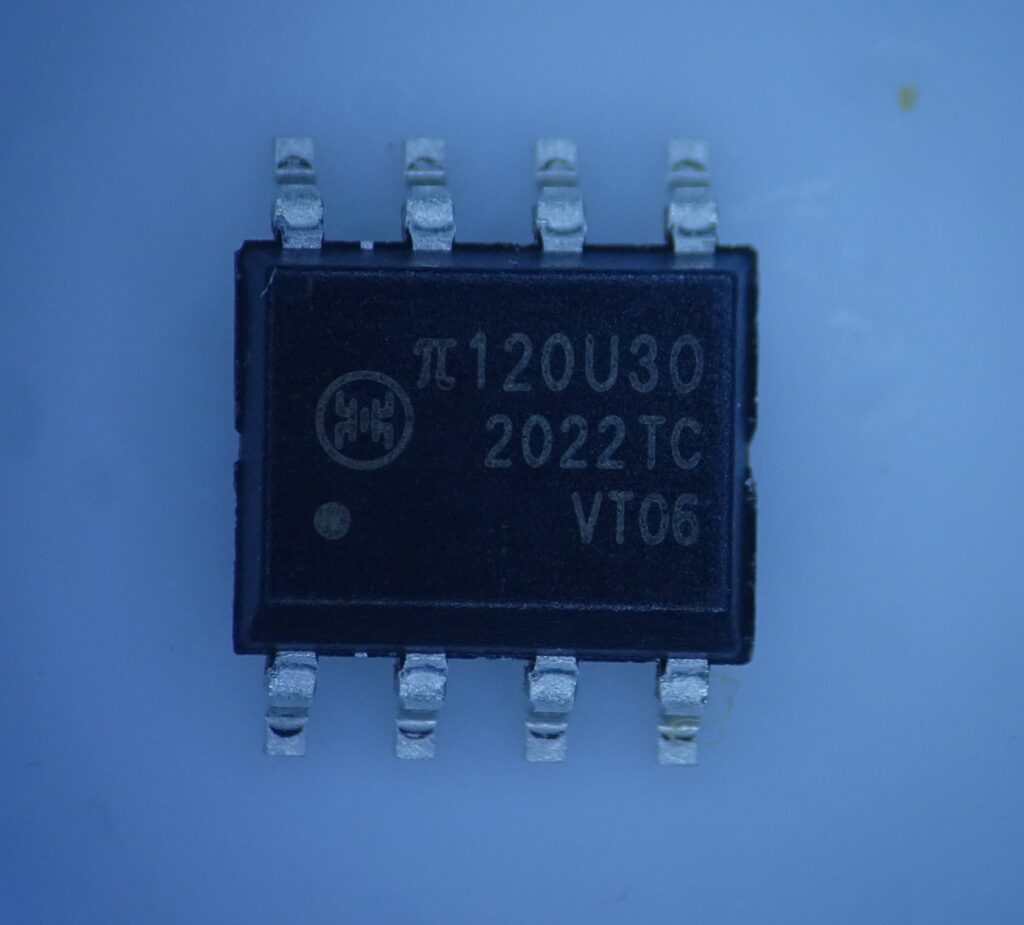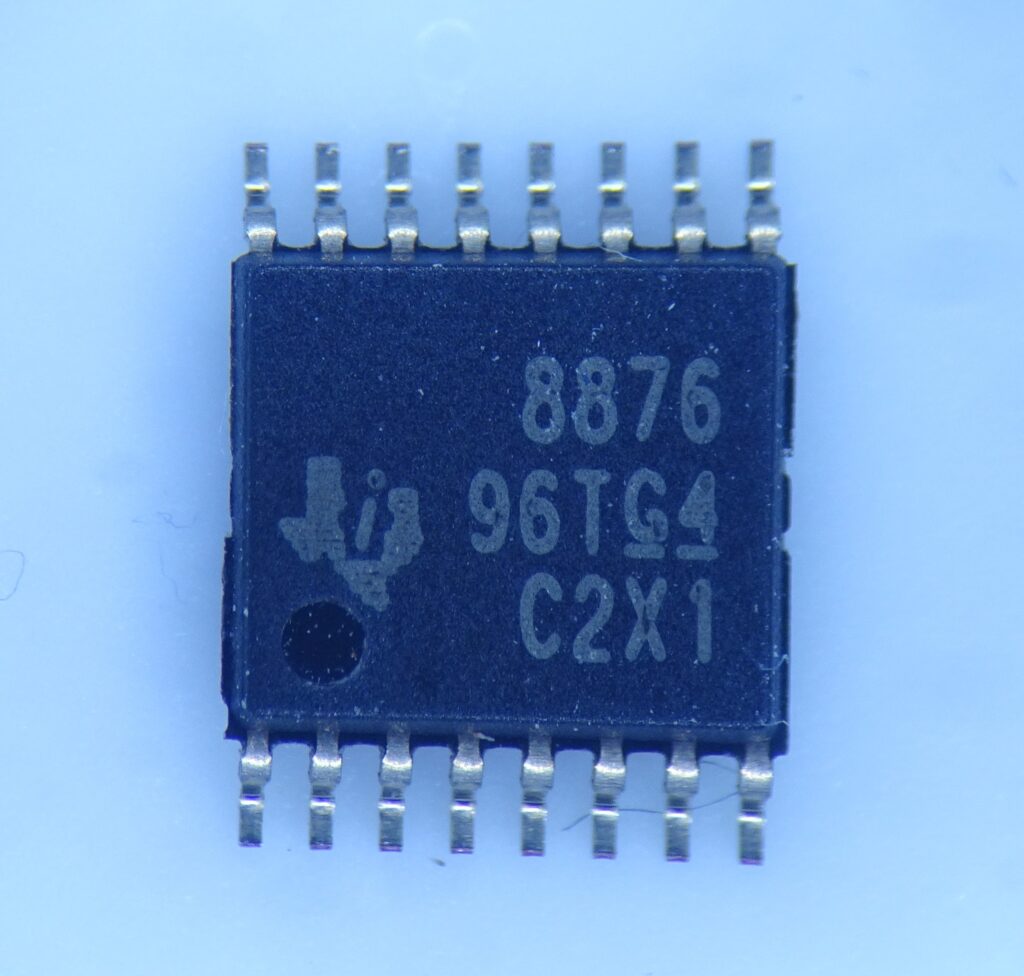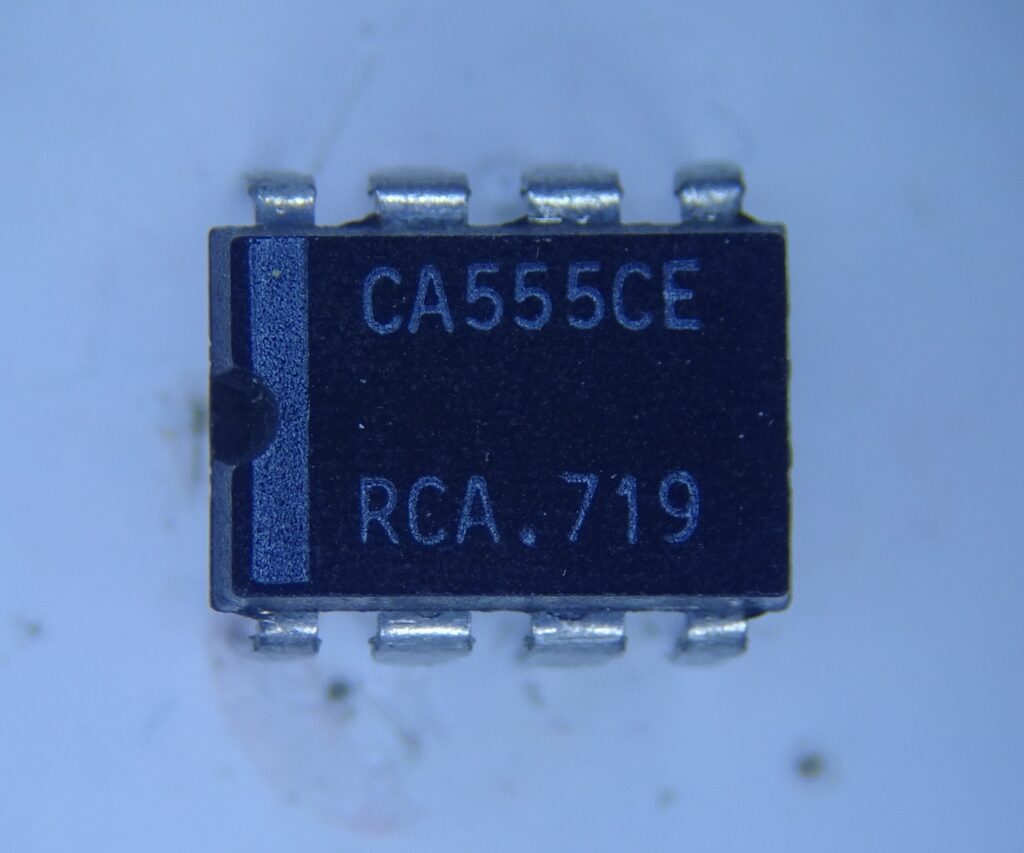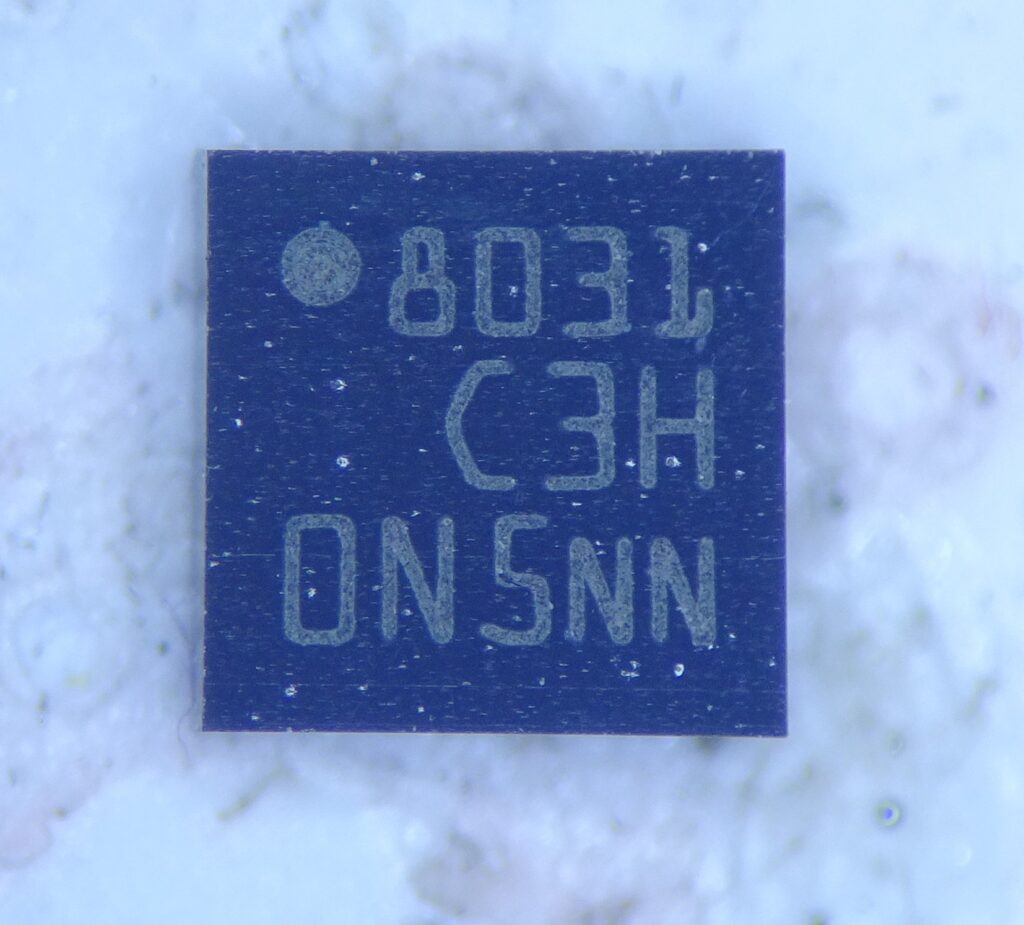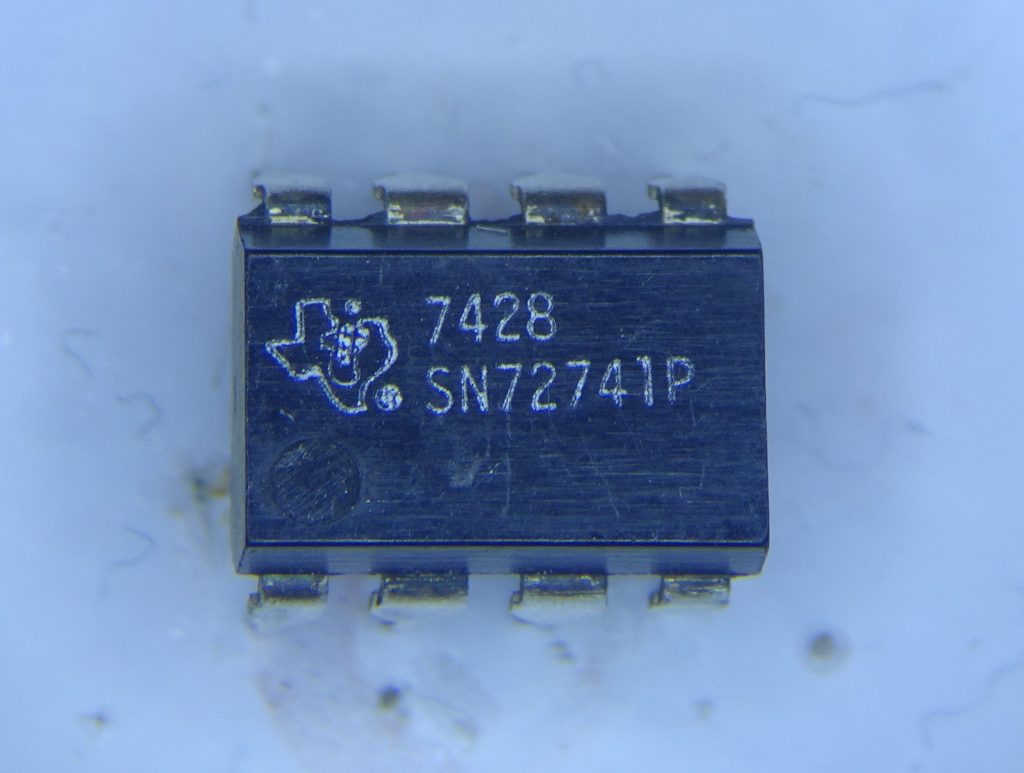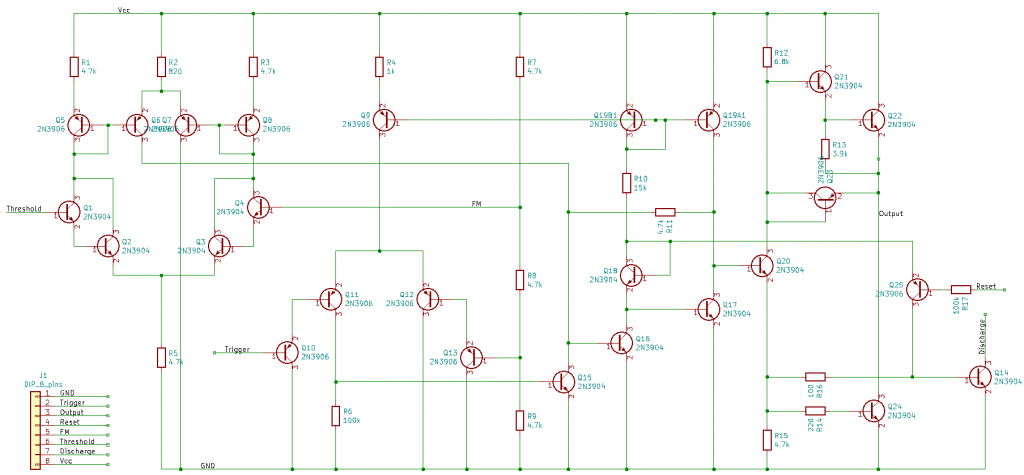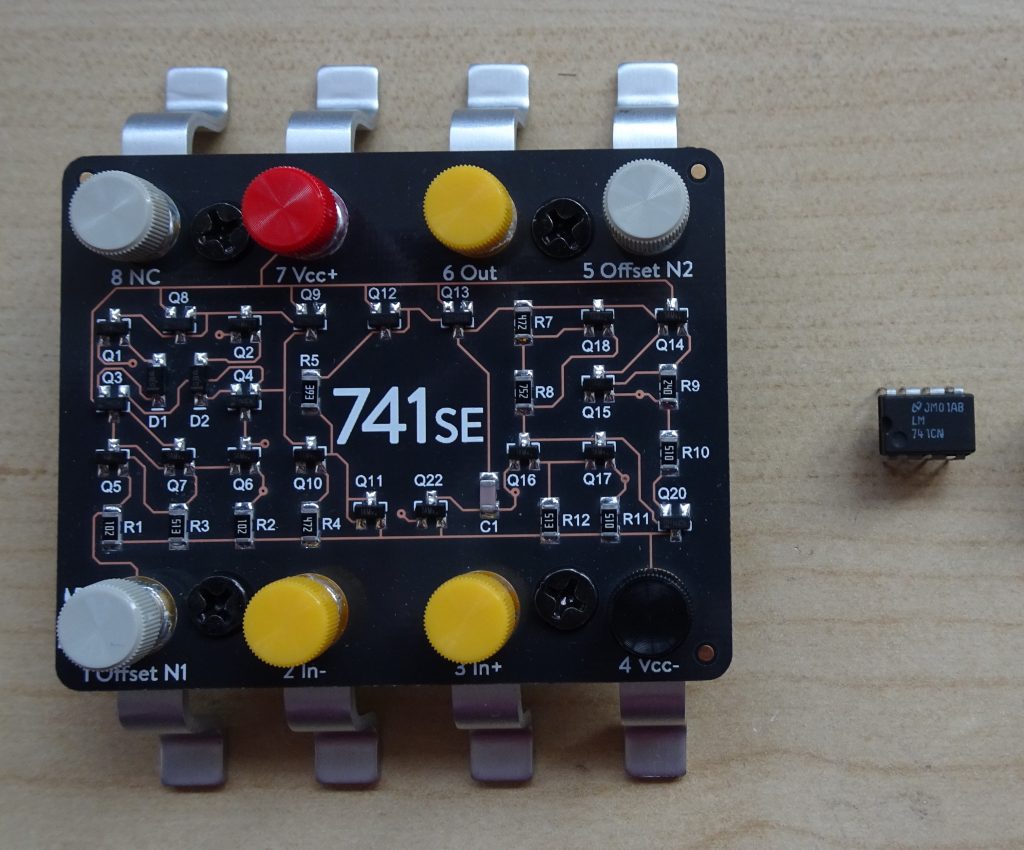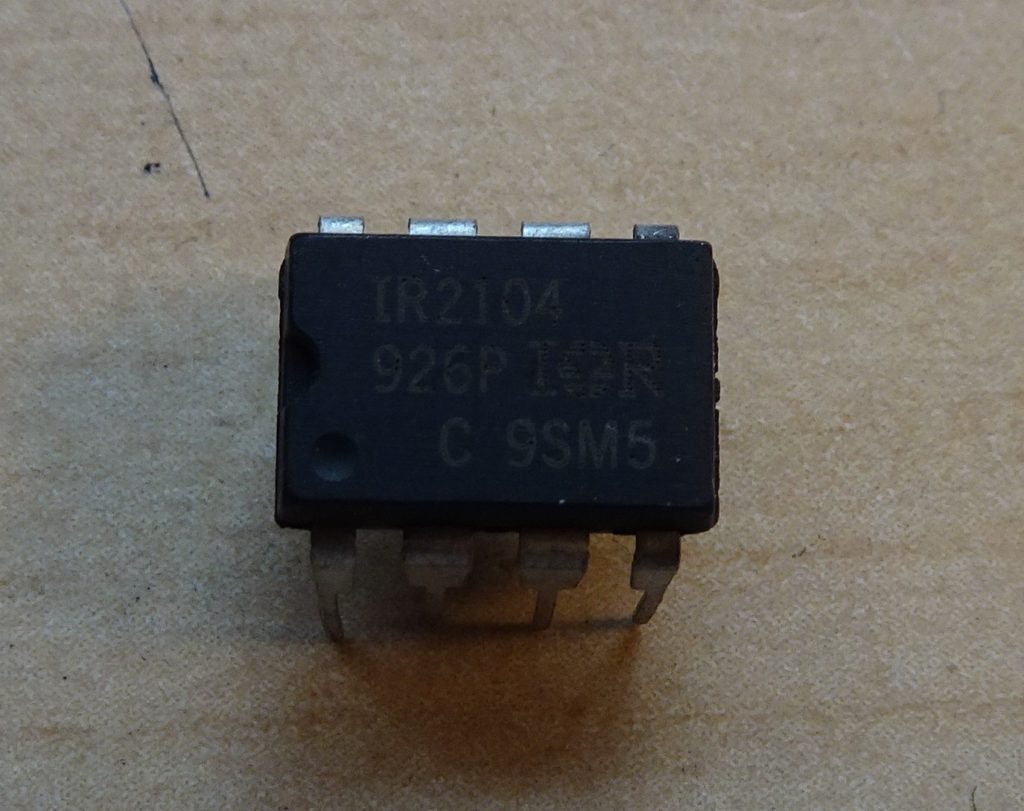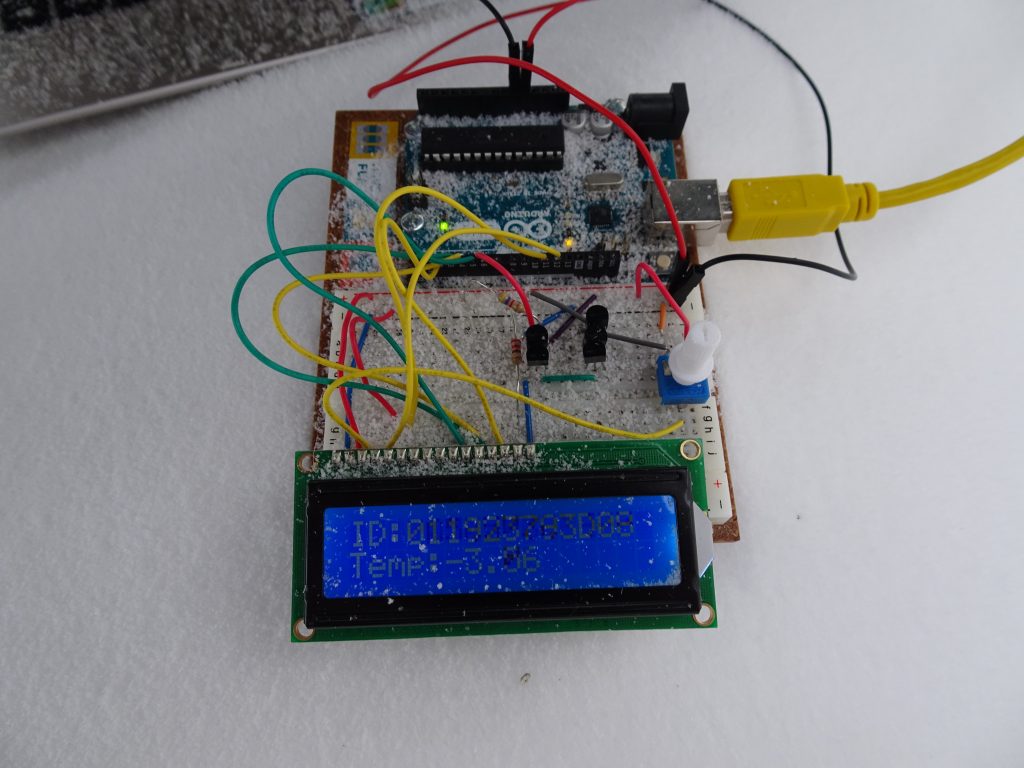Digital isolators are a modern replacement for optocouplers: components that can bring a signal from one place to another without connecting those two places electrically. They’re essential parts in equipment that connects to a dangerous voltage on one end (mains power usually) and comes into close contact with something sensitive on the other (humans, usually). Since they’re safety-critical components, manufacturers show off all kinds of safety certificates and qualifications to convince their customers that their isolators won’t electrocute anyone by mistake.
Today we’ll look at one of the cheapest digital isolators out there: the π120u30, made by 2Pai semiconductor, which costs less than 20 cents in large quantities.
